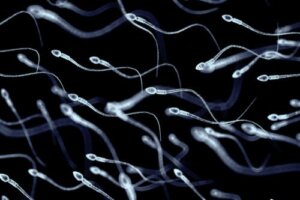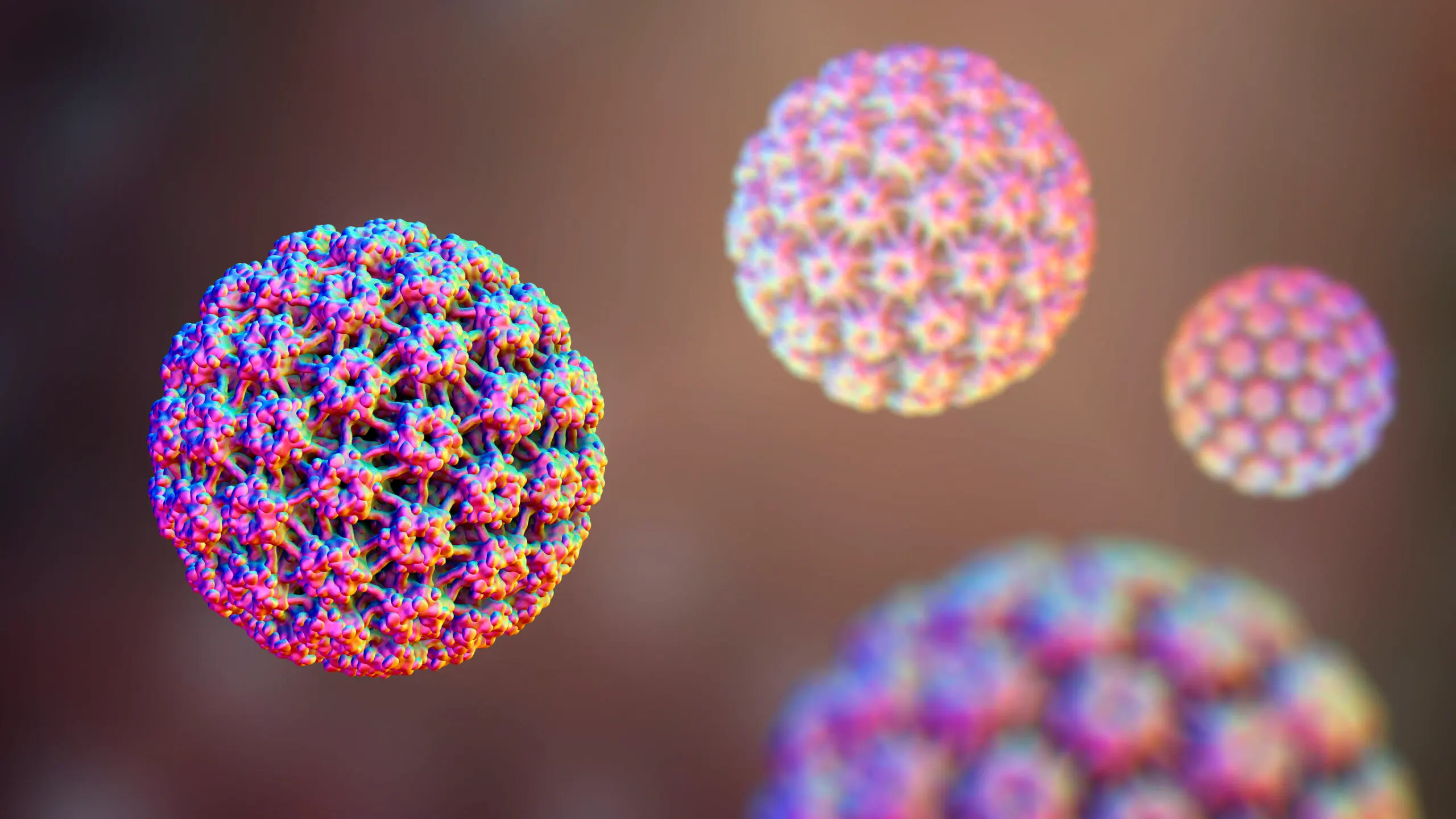Necrospermia: The Causes of Sperm Death


Written and verified by the doctor Maryel Alvarado Nieto
Male infertility represents about 30% of the problems related to human conception. Among the spermogram alterations, necrospermia is a rare finding. Sperm vitality is compromised, as evidenced by a decreased percentage of live spermatozoa. What are the causes of this sperm death?
Although it’s accepted that a vitality of less than 58% demonstrates the existence of necrospermia, this value is no longer absolute. The World Health Organization (WHO) updated its guidelines in 2021, warning that there’s no clear boundary between fertile and infertile men. Likewise, attempts to classify necrospermia according to its severity also showed discrepancies.
Necrospermia versus asthenozoospermia
The evaluation of the semen sample is fundamental in order to diagnose male fertility problems. This is carried out by means of the spermogram, which lets us know both the physical characteristics of the sample and any alterations in the spermatozoa.
The determination of sperm vitality is performed when a significant percentage of them are observed immotile.
Some structural problems can cause spermatozoa to lose their motility without dying. Therefore, the first step in diagnosing necrospermia is to differentiate whether the low motility is due to sperm death or if, on the contrary, it’s asthenozoospermia, in which the spermatozoa are alive, despite not having motility.
This is achieved by determining sperm vitality, which can be evidenced by means of some procedures in the semen sample. Although there are several ways of approaching it, the main methods are vital staining and the hypoosmotic test.
Read more: Learn All About Asthenozoospermia
The main cause of necrospermia: infections
It’s estimated that about 40% of necrospermia cases are due to an infection of the genital tract. The mechanisms leading to sperm death include direct injury caused by the microorganism, the inflammatory response of the immune system to the pathogen, and organ damage triggered by the chronicity of the infection.
The main agents involved in urogenital tract infections that are associated with necrospermia are the following:
- Escherichia coli
- Chlamydiae trachomatis
- Candida albicans
- Mycoplasma hominis

Treatment success
The use of antibiotics to treat genital tract infection has shown effectiveness in improving some sperm parameters, including vitality. However, necrospermia has a multifactorial origin that can get in the way of obtaining the desired results, despite eradicating the supposed origin of the alteration.
On the other hand, the choice of the correct antibiotic is fundamental, since it must penetrate the hematoprostatic barrier. Likewise, the duration of the treatment must be sufficiently long in order to avoid bacterial persistence after treatment.
Some authors suggest the use of antioxidants to improve the effectiveness of the antibiotic treatment. However, more studies are needed.
Hyperthyroidism and sperm death
Another cause of necrospermia is the presence of increased levels of thyroid hormones. The mechanisms involved include both direct hormonal action on the cells and increased body temperature secondary to hyperthyroidism.
In most cases, semen parameters improve with effective suppressive therapy, leading to hormone values within normal limits.
Varicocele and necrospermia
Dilatation of the pampiniform venous plexus, better known as varicocele, is a common finding in the general population. Its presence is usually asymptomatic, but it has been associated with male fertility problems, including necrospermia.
Localized hyperthermia in the testis appears to be one of the mechanisms causing sperm death in varicocele, although oxidative stress and increased DNA fragmentation in germ cells are also described.
To treat or not to treat?
The current recommendation is to manage varicocele when it causes spermogram alterations. Two different therapeutic approaches are available for this purpose:
- Surgery
- Percutaneous embolization
Regarding the seminogram parameters affected by varicocele, an improvement in sperm vitality has been observed, which appears within a few months after treatment.
Get to know more here: What You Should Know About Varicoceles
Viruses and necrozoospermia
Some chronic viral infections also seem to be related to necrospermia; in particular, those caused by hepatitis B virus and human papillomavirus (HPV). However, seminal alterations are also described in the presence of other viral particles, such as hepatitis C and HIV.
Currently, the SARS-CoV-2 pandemic has led to discussions regarding the role of COVID-19 in male fertility. This is because the molecule to which the virus binds to infect the body, angiotensin-converting enzyme 2, is also expressed in the testes. However, much more research is needed to clarify this relationship.

Lifestyle and male fertility
An important aspect associated with necrospermia is the presence of unhealthy lifestyle habits. These include poor diet and a sedentary lifestyle, culminating in obesity.
Being overweight leads to increased testicular temperature and increased oxidative stress. In addition, there also seems to be an alteration of sperm maturation, due to low adiponectin secretion.
Smoking itself is a cause of necrospermia, so smoking cessation could improve sperm vitality. However, more studies are needed to demonstrate this effectiveness.
Likewise, alcohol consumption and drug use, including cannabinoids, have an impact on semen parameters. As for drugs, acetylsalicylic acid also decreases sperm vitality.
Other causes of necrozoospermia
Male infertility is multifactorial. Therefore, the patient’s approach must also be multidisciplinary.
Even so, knowing the main causes of necrospermia will allow us to provide the couple with adequate and realistic counseling. This is especially the case in men who have an underlying condition, such as spinal cord injury or polycystic kidney disease.
All cited sources were thoroughly reviewed by our team to ensure their quality, reliability, currency, and validity. The bibliography of this article was considered reliable and of academic or scientific accuracy.
- Boursier, A.; Necrozoospermia: The Tree that Hides the Forest; American Society of Andrology and European Academy of Andrology; 2022.
- Cuzin, B.; Tratamiento del Varicocele; EMC – Urología; 2019.
- Tortolero, I.; Estrés Oxidativo y Función Espermática: Revisión: Revista Venezolana de Endocrinología y Metabolismo; 3 (3); 2005.
- Leisegang, K., Bouic, P. J., Menkveld, R., & Henkel, R. R. (2014). Obesity is associated with increased seminal insulin and leptin alongside reduced fertility parameters in a controlled male cohort. Reproductive Biology and Endocrinology, 12(1), 1-12.
- Terradas, C.; Rodríguez, M.; Grasso, E.; Nagelberg, A.; Evaluación de la eficacia de la levofloxacina comparando dos esquemas terapéuticos y estudio de la capacidad oxidante del plasma seminal en pacientes con infección del tracto genital; Revista Argentina de Urología; 76 (1); 2011.
- Palawan, H., Thakafi, S. A., Coskun, S., & Hathal, N. A. (2016). Successful reversal of necrozoospermia with course of antibiotic. S Ind J Biol Sci, 2, 302.
- Agarwa, A. et al. Sperm Vitality and Necrozoospermia: Diagnosis, Management, and Results of a Global Survey of Clinical Practice; The World Journal of Men’s Health; 40 (2); 228 – 242; 2022.
This text is provided for informational purposes only and does not replace consultation with a professional. If in doubt, consult your specialist.








